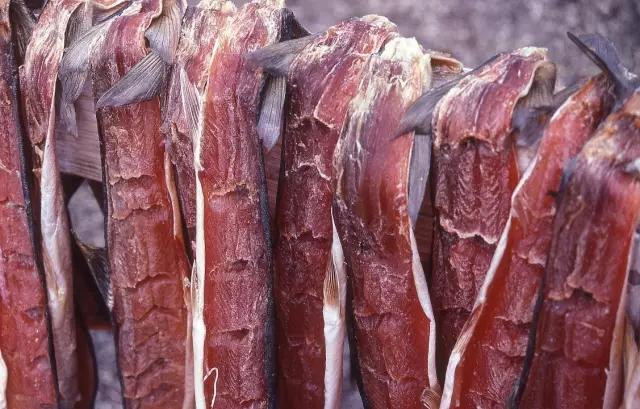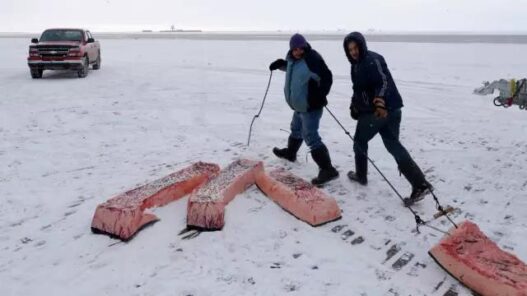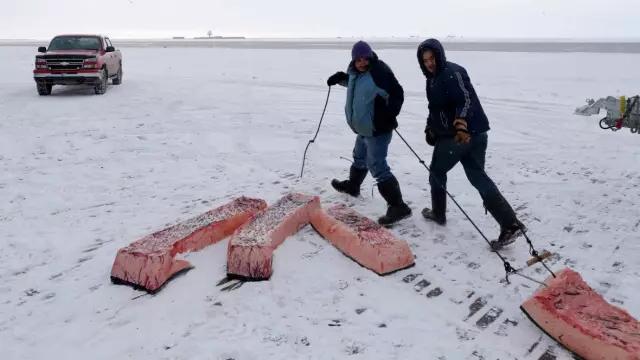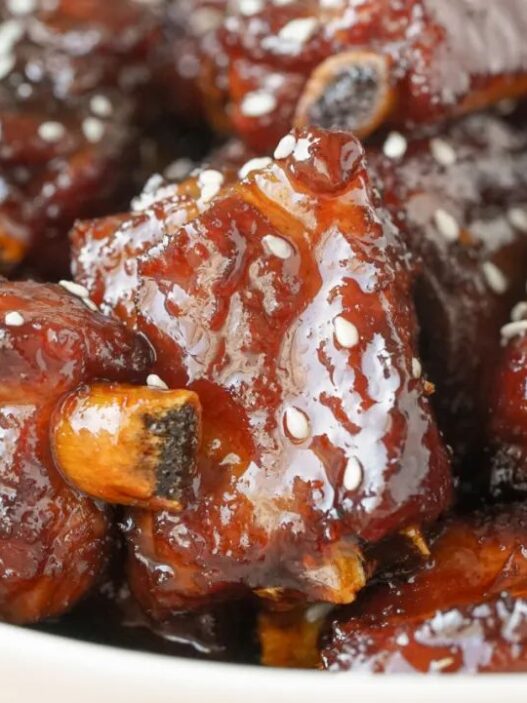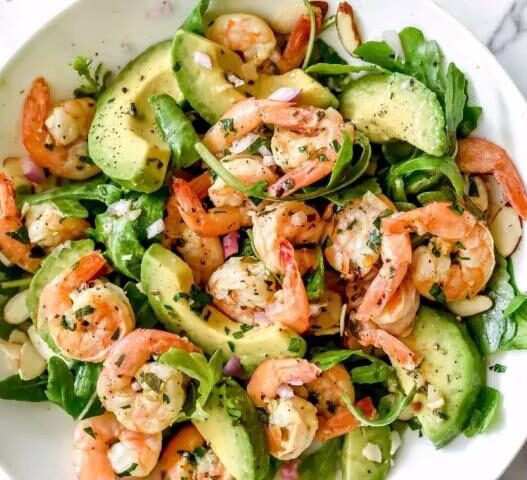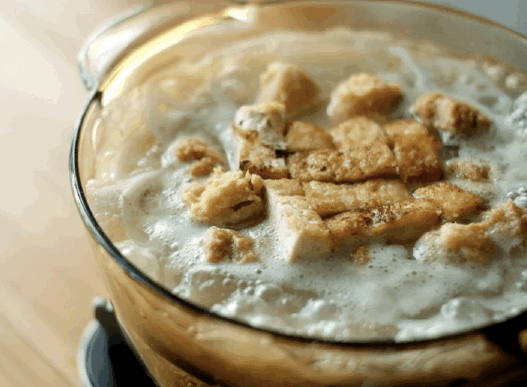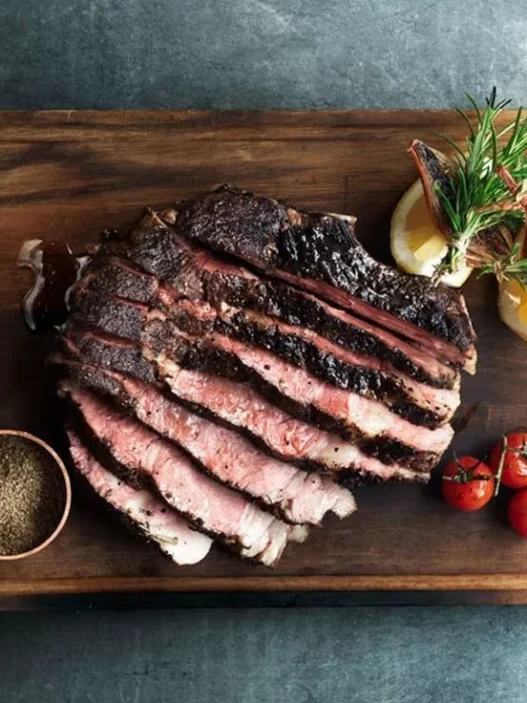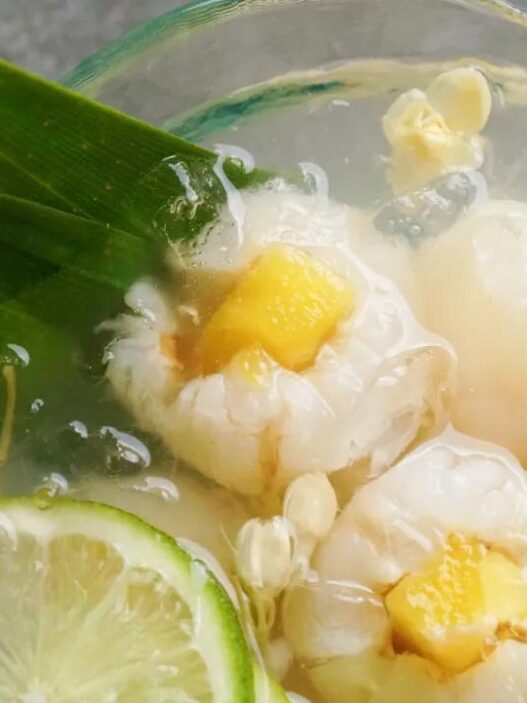The world’s most striking dietary contrast can be found between polar and equatorial regions. While we can access various cuisines with relative ease, it’s challenging to imagine what people in the Arctic Circle eat. Unlike other regions, Arctic residents have limited access to diverse foods.
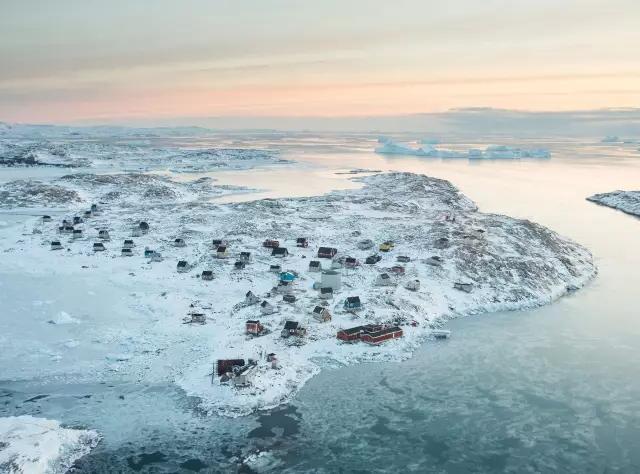
Who Lives in the Arctic Circle?
The Arctic Circle spans eight countries: Russia, Canada, the United States, Denmark, Iceland, Norway, Sweden, and Finland, housing approximately 4 million permanent residents. Broadly speaking, over 13 million people live near the Arctic, including researchers and tourists drawn to its strategic and scenic significance.
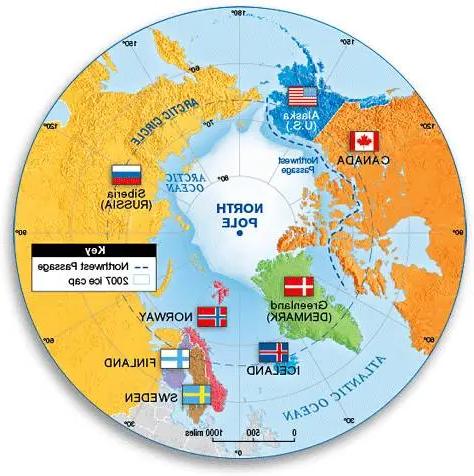
45,000 Years Ago: The Dawn of Arctic Cuisine
With an average annual temperature of -20°C (-4°F) and lows reaching -70°C (-94°F) during polar nights, survival in the Arctic is daunting. Yet, this icy expanse is not only a repository of ancient traditions but may also have hosted some of humanity’s earliest inhabitants.
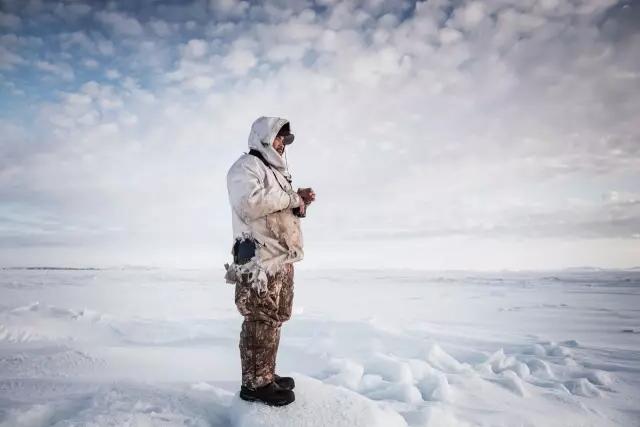
In early 2022, archaeologists discovered evidence in northern Russia’s Yenisei River Basin suggesting human activity as far back as 45,000 years ago—10,000 years earlier than previously thought. Among the finds was a juvenile woolly mammoth skeleton with injuries consistent with human hunting tools.
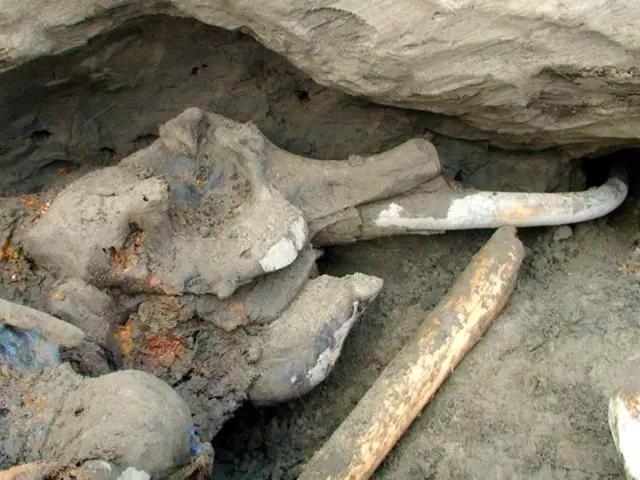
The evidence indicates early humans stored mammoth meat by freezing it in makeshift ice containers, laying the groundwork for Arctic survival strategies. Interestingly, the methods used to hunt these massive creatures—such as severing their tongues for rituals and causing fatal bleeding—mirror techniques still practiced by some African communities today.
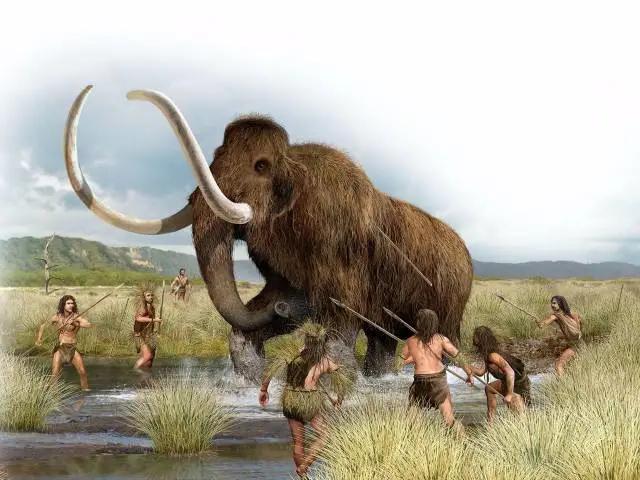
The Diverse Peoples of the Arctic Diet
Today, over 40 distinct ethnic groups reside in the Arctic, speaking more than a dozen languages. These groups share similar lifestyles and survival strategies, despite their geographic dispersion:
- Northern Europe and Northwestern Russia: Sámi people
- Siberia: Nenets, Evenki, Yakuts, Chukchi
- Alaska: Aleuts, Yupik, Inuit (Iñupiat)
- Canada: Inuit (Inuvialuit)
- Greenland: Inuit (Kalaallit)
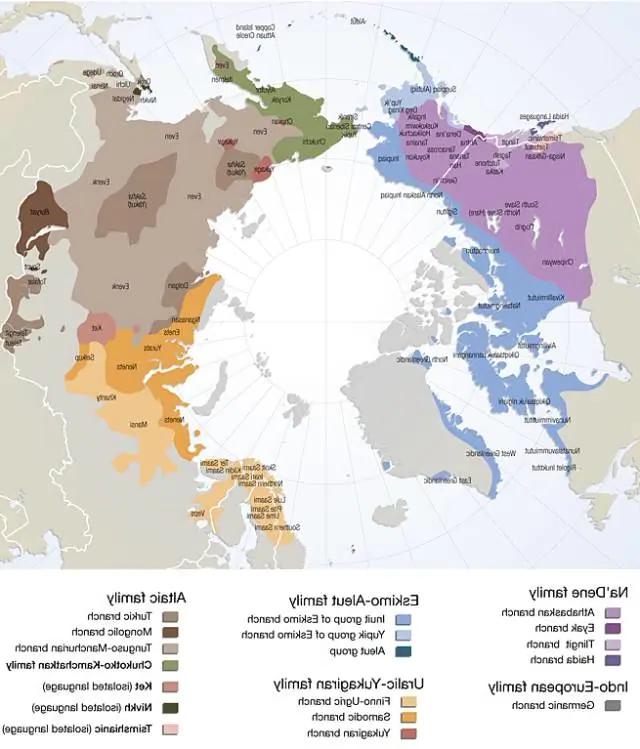
Life Revolving Around Animals
Arctic communities have thrived by mastering the art of hunting, fishing, and gathering. Using animal skins for clothing, they developed tools for navigation and even predicted weather patterns. However, their primary sustenance came from hunting.
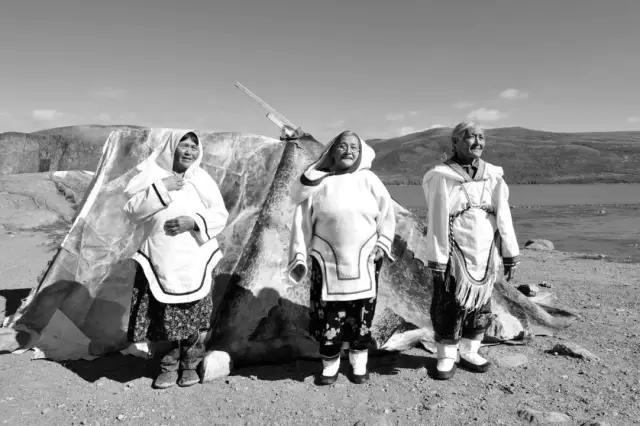
The Inuit, for example, have a history rooted in northern China and are genetically linked to East Asian populations. They migrated across the Bering Strait around 10,000 years ago. The term “Eskimo” (meaning “eaters of raw meat”) was a derogatory label from Native Americans, while the Inuit self-identify as “Inuit,” meaning “real people.”
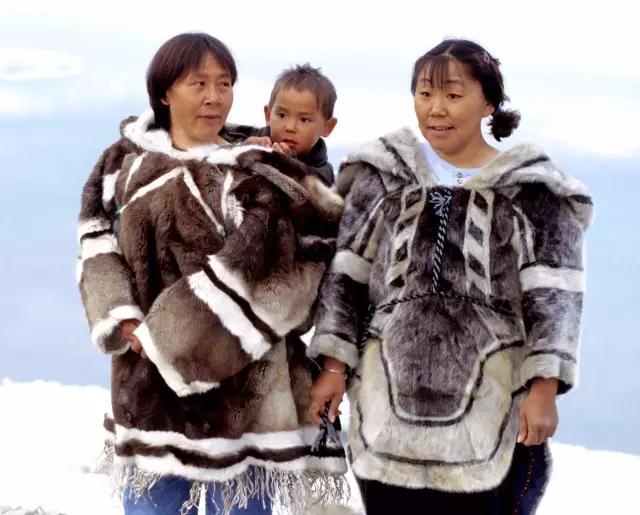
What Do Arctic Residents Eat?
Dietary Staples of the Arctic
- Marine Mammals: Whales, seals, walruses, polar bears
- Land Animals: Reindeer, musk oxen, Arctic foxes, Arctic hares
- Birds and Eggs: Seagulls, ptarmigans, and small seabirds
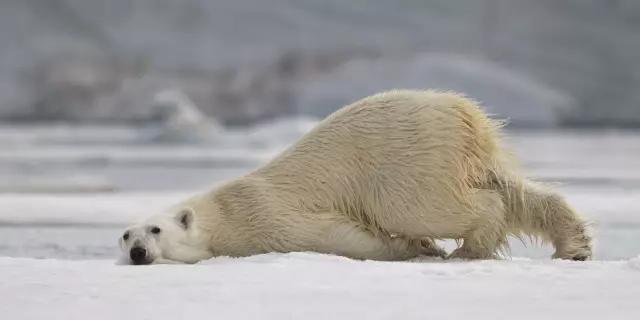
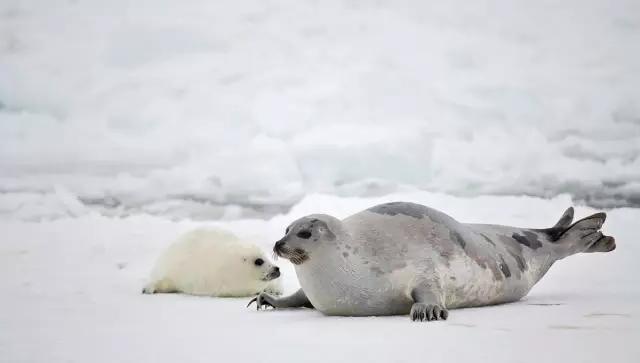
Hunting methods are as unique as the Arctic itself. For example, to hunt polar bears, Inuit hunters coat blades with animal blood and plant them in the ice. As the bear licks the blade, it unknowingly bleeds to death. Similarly, seal hunting involves stationing hunters near breathing holes in the ice, ensuring a precise strike when the seal surfaces.

Reindeer hold a special place in Arctic life, providing meat for sustenance, sinew for fishing nets, and hides for clothing and tents.
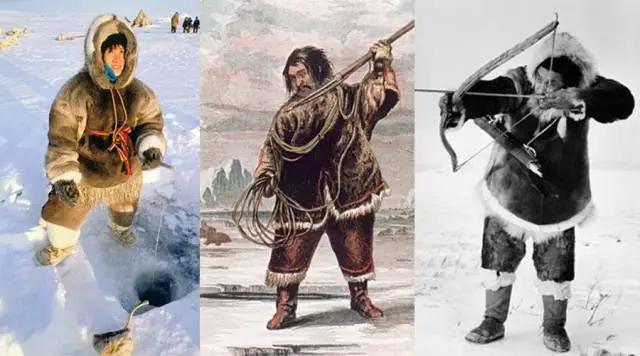
Plant-Based Food in the Arctic
While meat dominates the Arctic diet, plant-based foods such as wild greens, seaweed, and berries (e.g., cloudberries and crowberries) offer essential nutrients.
Culinary Traditions of the Arctic
Although raw meat is a dietary cornerstone, Arctic residents have developed creative ways to preserve and prepare food. Traditional methods include freezing, drying, and fermenting, such as Igunaq, which involves burying meat during summer, fermenting it in autumn, and consuming it in winter.
Unique Arctic Diet
Kiviak: Sea birds stuffed into a hollowed-out seal, fermented underground for months. The birds can be eaten whole or their innards consumed raw.
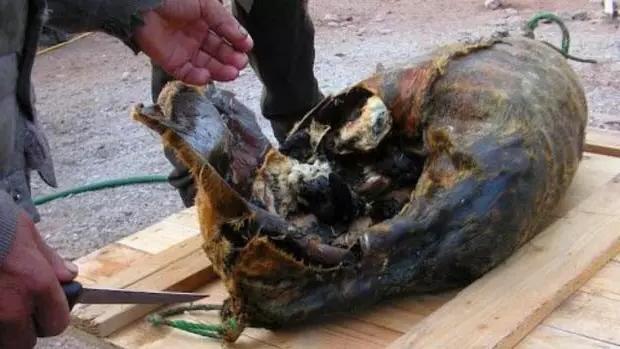
Suaasat: A Greenlandic soup made with seal, whale, reindeer, or seabirds, often seasoned with onions, potatoes, and spices.
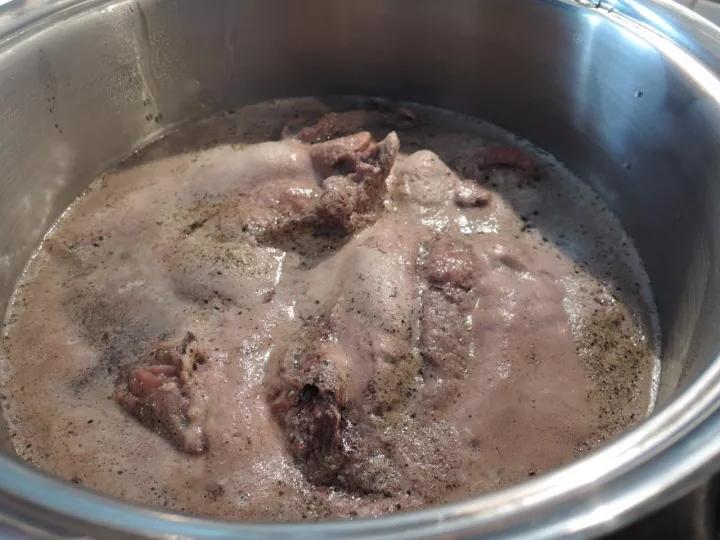
Akutaq: Known as “Eskimo ice cream,” this dessert combines animal fat with berries and tundra grasses for a sweet and savory treat.
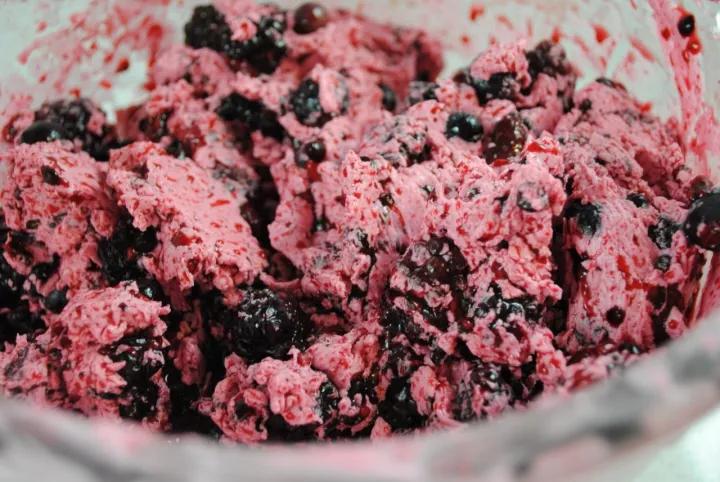
The “Eskimo Paradox”: A Meat-Heavy Diet and Good Health
Despite consuming predominantly meat, Inuit communities historically showed low rates of cardiovascular diseases and diabetes. This phenomenon, termed t
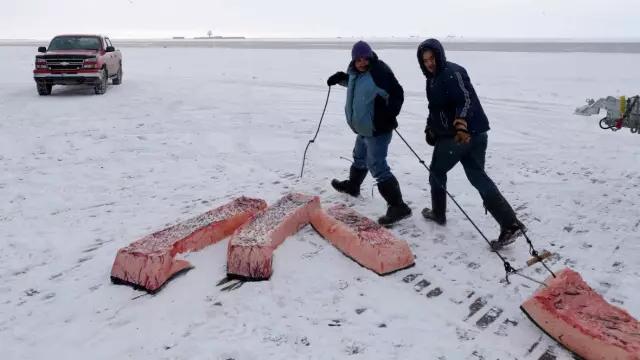
he “Eskimo Paradox,” is attributed to the high-quality, unprocessed nature of their food.
Arctic marine mammals and cold-water fish provide vitamins A and D, while raw meat from reindeer and seals offers vitamin C. However, challenges remain, including parasitic infections and health issues linked to environmental hardships, resulting in shorter life expectancies compared to North American averages.
